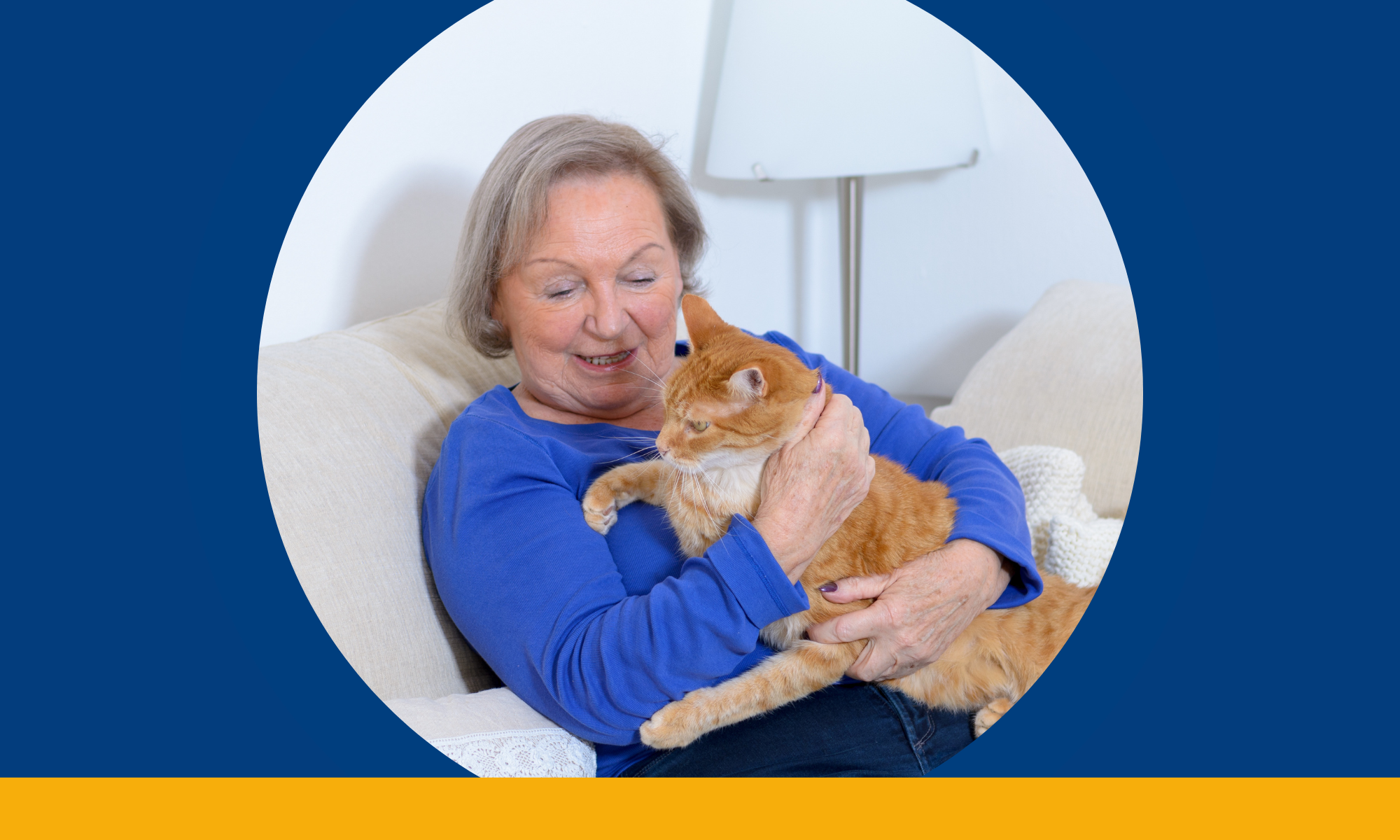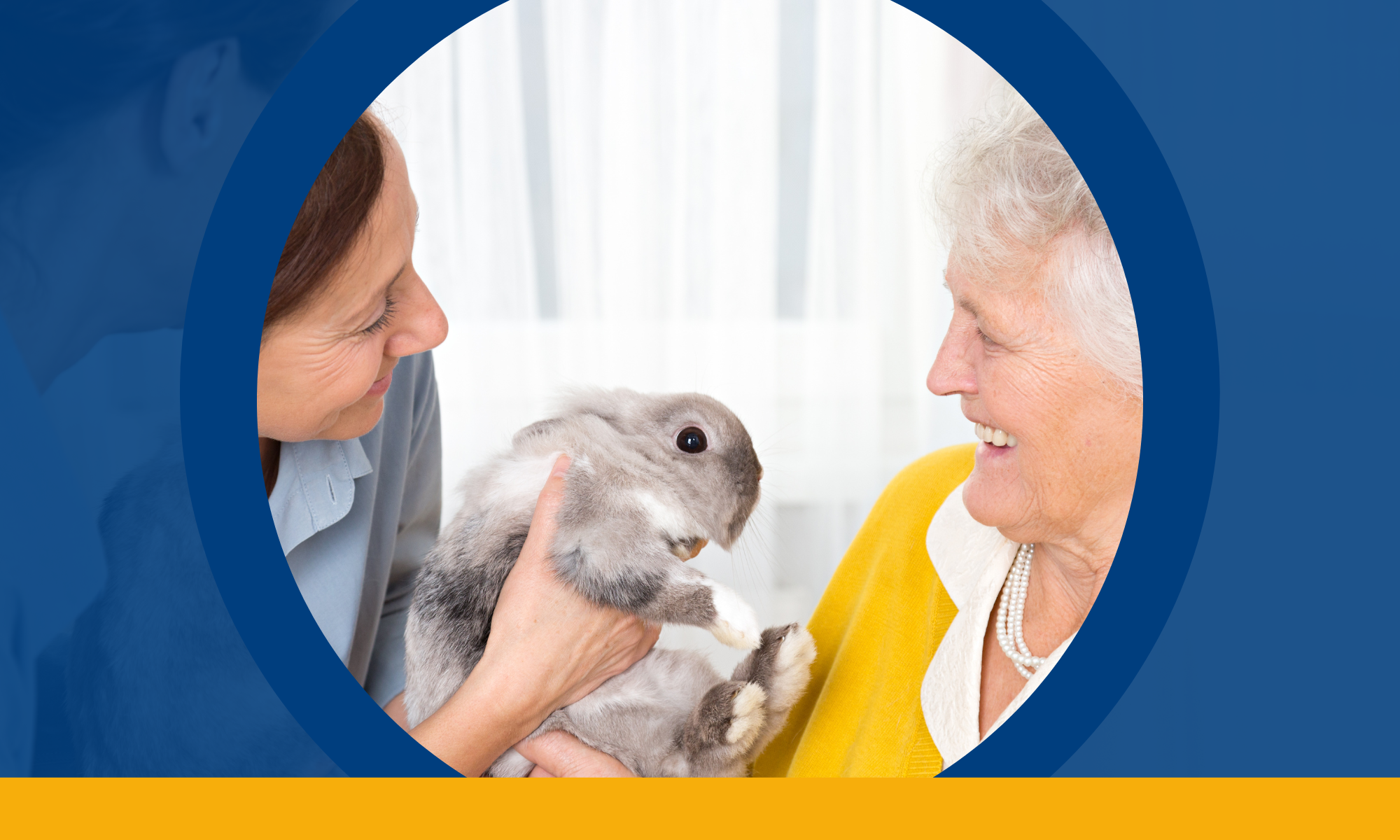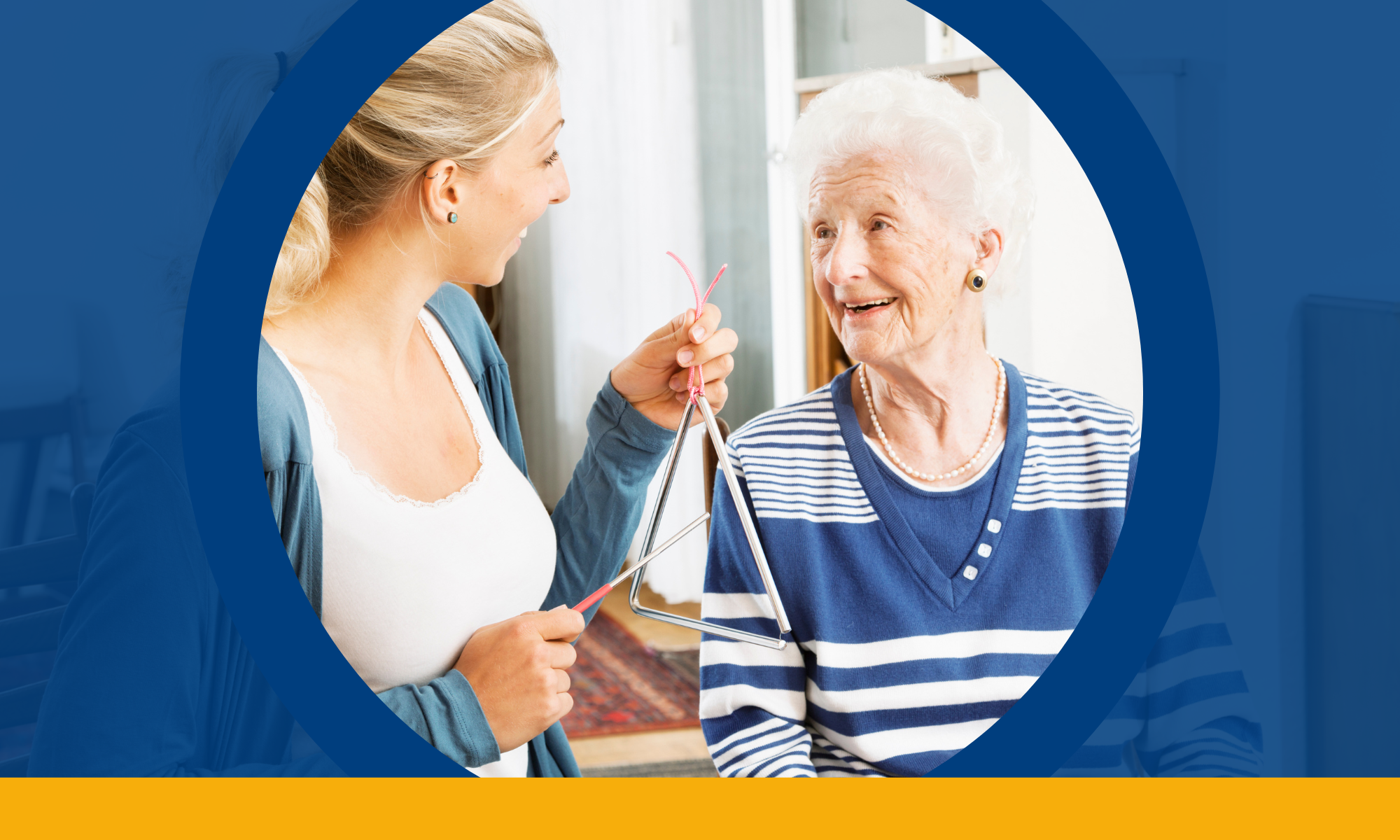The Importance of Communication in Home Care: Tips for Caregivers
Good communication is essential for healthcare workers providing home care. It allows care recipients to feel at ease knowing their needs are being met and understood. This is especially true when looking after the elderly, who may not be able to communicate their needs as effectively. Asa caregiver, taking meaningful steps to improve communication can help develop relationships built on trust and respect with those they serve.
To demonstrate the importance of communication in-home care, here are some communication tips for all caregivers.
Establish Trust
Trust is the foundation of any successful relationship, including the relationship between a caregiver, the care recipient, and the family members. The best way to build trust is by being honest, transparent, and reliable.
When caregivers enter a home, they need to inspire confidence that they are capable and trustworthy. Through building this trust, the care recipients can feel secure with the care services being provided. It is important that their needs are met and privacy is respected. This creates not only an effective care experience but also a safe one. It is paramount that the caregiver maintains protocol to ensure both parties involved feel respected and supported while delivering quality care.
Did You Know?
14% of people have, or have had, a carer help them in their home.
Over a tenth of people have a family member who requires care in their own home.
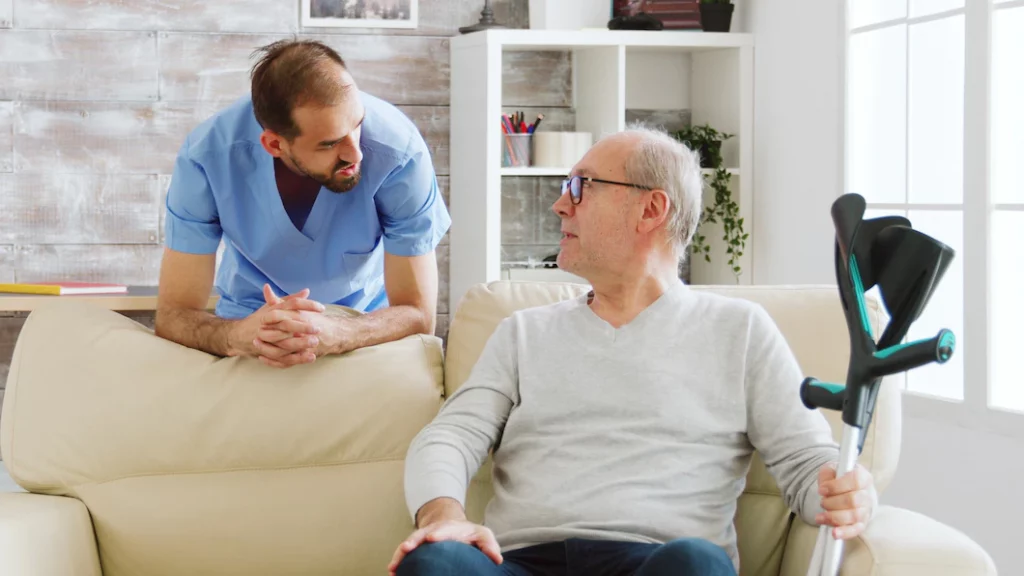
Listen Actively
This means paying close attention to the care recipient when they are speaking and avoiding interrupting them. Show that you are engaged and interested in what they have to say by making eye contact and nodding. Active listening is an important skill for caregivers to have when providing home care. It allows them to better understand the needs and wishes of the care recipient and their family members, while also offering sympathetic feedback. Proper communication helps caregivers provide better care by responding appropriately to any emotional or physical distress they detect.
It’s not just about comprehending what clients are saying but also being able to read between the lines and gain a deeper level of understanding. Active listening is a fundamental part of providing effective home care, so caregivers must strive to perfect their skills in this area in order to best perform their duties to those who need it.
Be Clear and Concise
When you are clear and concise, it helps to keep everyone on the same page, the caregiver, the care recipient and their family members. It allows everyone to be on top of any issues that may arise. It involves open communication and using non-verbal cues which can express how someone feels and allows them to portray their emotions without using words.Encourage the care recipient to express their thoughts and feelings freely, and give them time to ask questions. Sit down with them and make time during the day for a chat to discuss how everything is for them.
Open communication involves:
- Setting aside time for a chat to check on progress.
- Ask questions and be willing to receive feedback: this time is for the caregiver and the care recipient.
Open communication between caregivers, care recipients, and their families is essential for providing safe and effective care at home. This type of communication allows for easier problem-solving when a care recipient’s needs change.
It also creates an opportunity for caregivers to better understand and meet the care recipients’ needs with compassion rather than simply performing tasks. This results in greater empathy towards the care recipients, a higher quality of care, improved safety outcomes, and increased satisfaction among everyone involved. It is worth investing time into clear communication as it encourages stronger connections which can provide the support needed during challenging times.
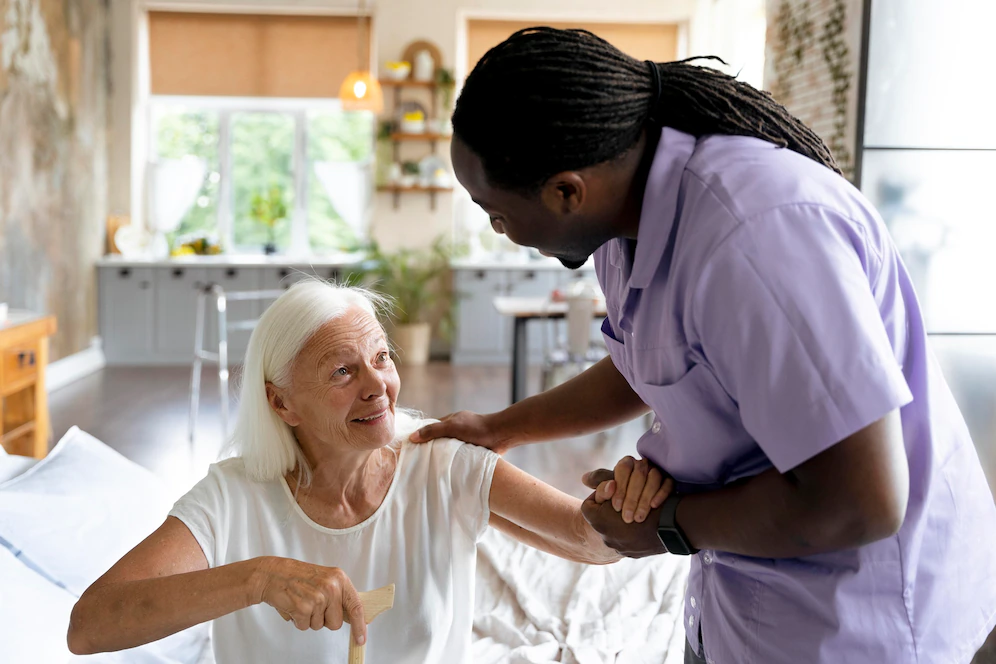
Another way to communicate effectively is through non-verbal cues, as mentioned above. These are an essential part of caregiving in the home because they enable caregivers to build trust with care recipients and discover how they’re feeling at any given moment. Non-verbal cues help caregivers understand how their actions may be interpreted in different contexts and provides insight into the needs of care recipients.
By observing non-verbal cues, better care outcomes are developed overall. Home care relies heavily on this type of communication—it’s this understanding that sets good care apart from great care.
Non-verbal Cues Include:
– Eye contact
– Facial Expressions
– Body Language
– Posture and Gestures
Document Communication
Caregivers should document all important conversations and decisions made with the care recipients. This documentation can help ensure continuity of care and provide a record of important information for future reference. It can help with communication between different members of the care team, ensuring that everyone is on the same page. Without written records, caregivers may have difficulty tracking vital information such as:
- Health status changes.
- Treatments performed.
- Dietary modifications.
Having detailed documentation can help caregivers keep patients safe by helping them recall instructions that have been given and medications that have been prescribed or administered. It helps caregivers provide the best care possible for those they are taking care of.
By following these tips, caregivers can build a strong, trusting relationship with the care recipient and provide the best possible care. Good communication skills can help reduce misunderstandings, prevent conflicts, and ensure that the care recipient’s needs and preferences are being met.


